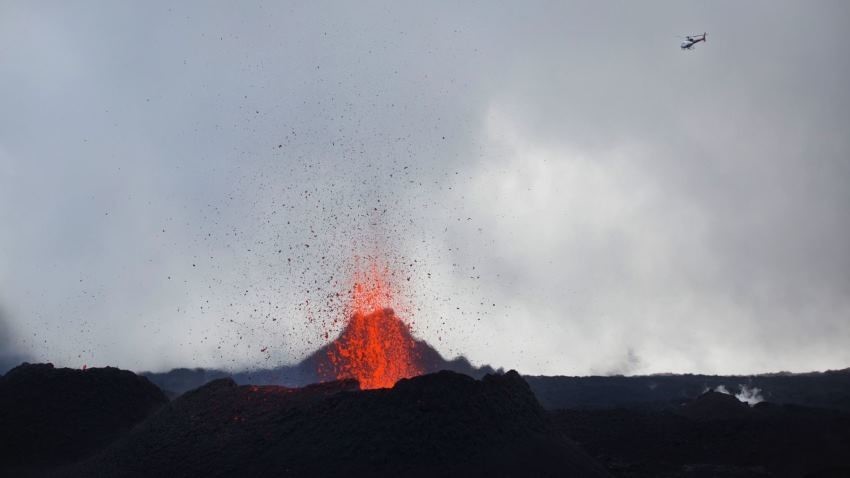IBM helps Indians to learn in advance about weather disasters

Man has already solved many problems that threatened the existence of civilization. But we still can not cope with absolutely any dangers. For example, weather disasters annually take the lives of thousands of people, causing damage to hundreds of millions, if not billions of dollars. To avoid loss of life and destruction can be, if you know in advance, for example, about the approaching hurricane.
In this case, you can evacuate people from a certain region before the elements begin to rage. Modern means of weather forecasting are much more accurate than 20-30 years ago. But in some cases this accuracy is not enough. In addition, not many organizations in India are involved in weather forecasting. Therefore, the elements here often cause irreparable damage. Our company, along with the IBM Watson cognitive system, decided to help the Indians.
A pilot project to create a single cloud center for preparing for weather disasters was launched in the state of Tamil Nadu. Together with the state government, we are working to ensure that people receive timely warning of possible weather disasters. Government organizations in obtaining such information help prepare for the onset of the elements.
')
The cloud "smart" center has already received an investment of $ 2 million, and now the necessary infrastructure is being deployed. After everything is ready, the weather center will receive a large amount of primary information about the weather conditions of different regions from a number of sources. This is synoptic data from third parties, information from weather stations, data from The Weather Company.
“The work carried out by the company in Tamil Nadu shows IBM’s readiness to provide new mobile and cloud technologies, innovative analytics to partners. This helps the government of India to prepare for any of the phases of natural disasters by providing targeted support to its citizens, ”says Amit Sharma, a representative of IBM India.
The planned duration of the pilot project is two years. All this time, IBM will support the center, providing the computing power of its cloud services and financial support. Geographically, the center will be located in Chennai, Tamil Nadu. The decision to locate the center here was made after the city suffered from one of the worst floods in 100 years.
The Indian project is not the only one where our company helps to predict natural disasters and eliminate the consequences of disasters. Earlier, IBM already announced the creation of a computer model of the movement of Earth's lithospheric plates, calculated using the IBM Sequoia cognitive system. This model can be used to predict volcanic eruptions and earthquakes, with the result that with a high degree of probability it will be possible to know about the place and time of occurrence of a natural phenomenon. The model was developed by a group of scientists, including IBM specialists, representatives from the University of Texas and the California Institute of Technology.

IBM Sequoia helps predict the time and place of volcanic eruptions or earthquakes.
The IBM Deep Thunder service can take weather forecasts to a new level. To do this, our company uses a powerful platform for making weather forecasts from the Weather Channel and its computational capabilities. The result of this merger is the Deep Thunder service. This service can provide accurate weather forecasts not only for a particular city, but also for individual urban neighborhoods.
Among the parameters of weather conditions that are predictable are wind speed and direction, temperature, precipitation. A team of scientists and engineers of more than 3000 people helps us to make accurate forecasts.
IBM is also working on a technology that can predict an increase in air pollution in China. In this country, especially in industrial cities, the problem of air pollution is one of the main. More and more Chinese citizens are interested in the issue of air pollution, and many city dwellers would like to know in advance about the "red alarm" when the level of air pollution exceeds any standards many times.
Modern computer systems are becoming more sophisticated. With their help, a person gradually learns to solve those problems that previously seemed intractable. And our company is one of the first to help bring the future closer.
Source: https://habr.com/ru/post/311474/
All Articles